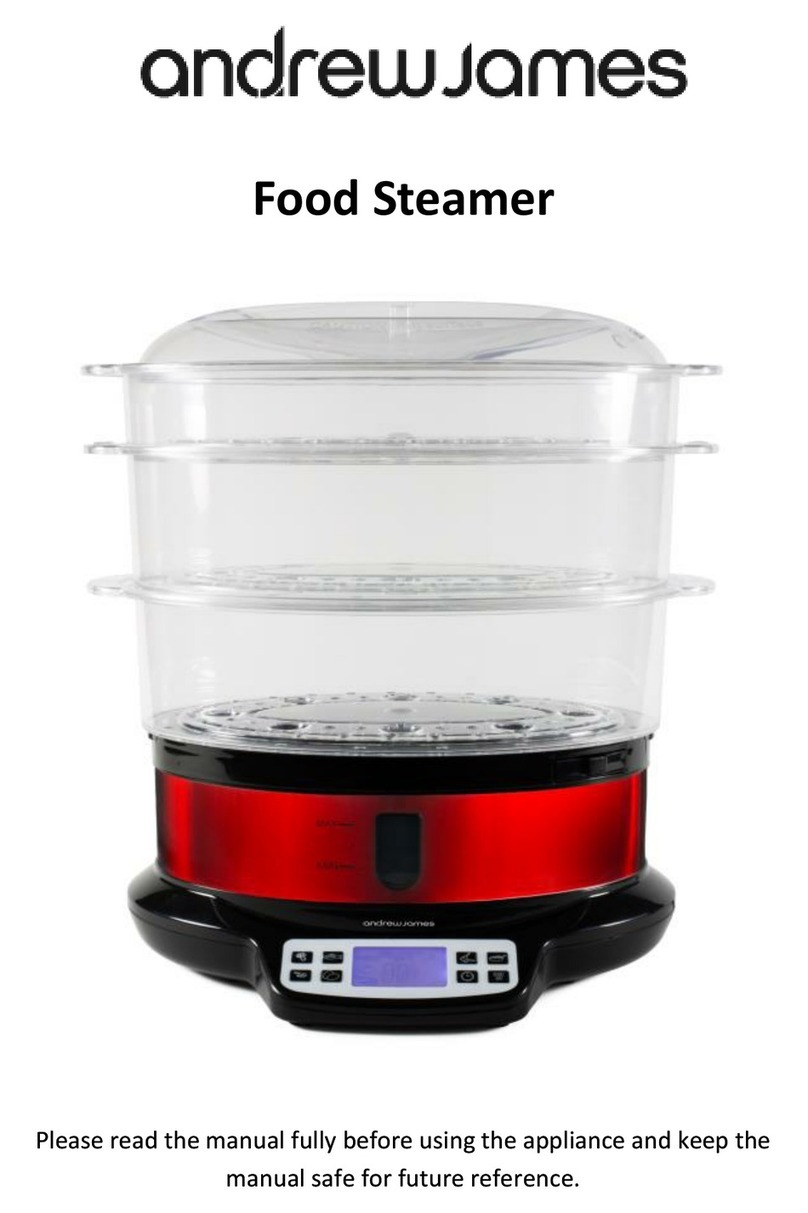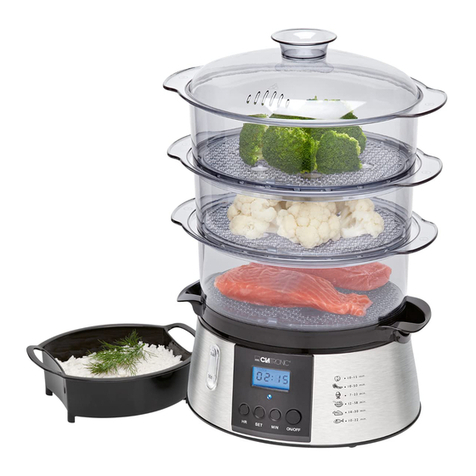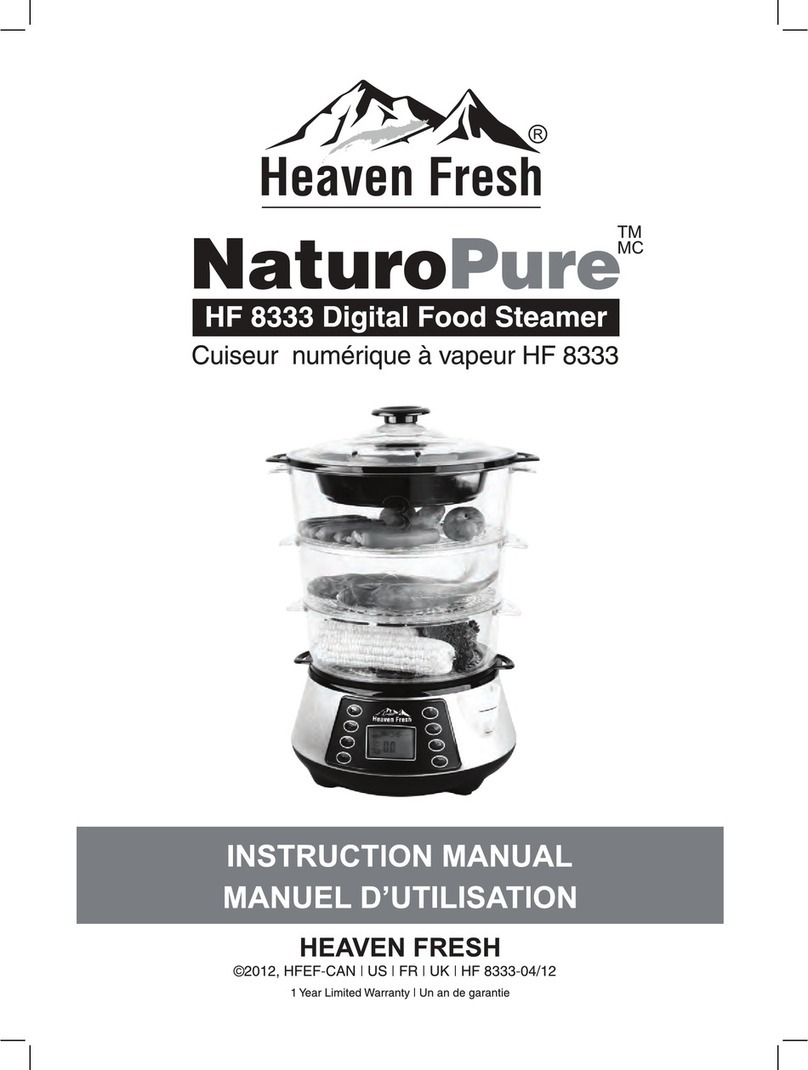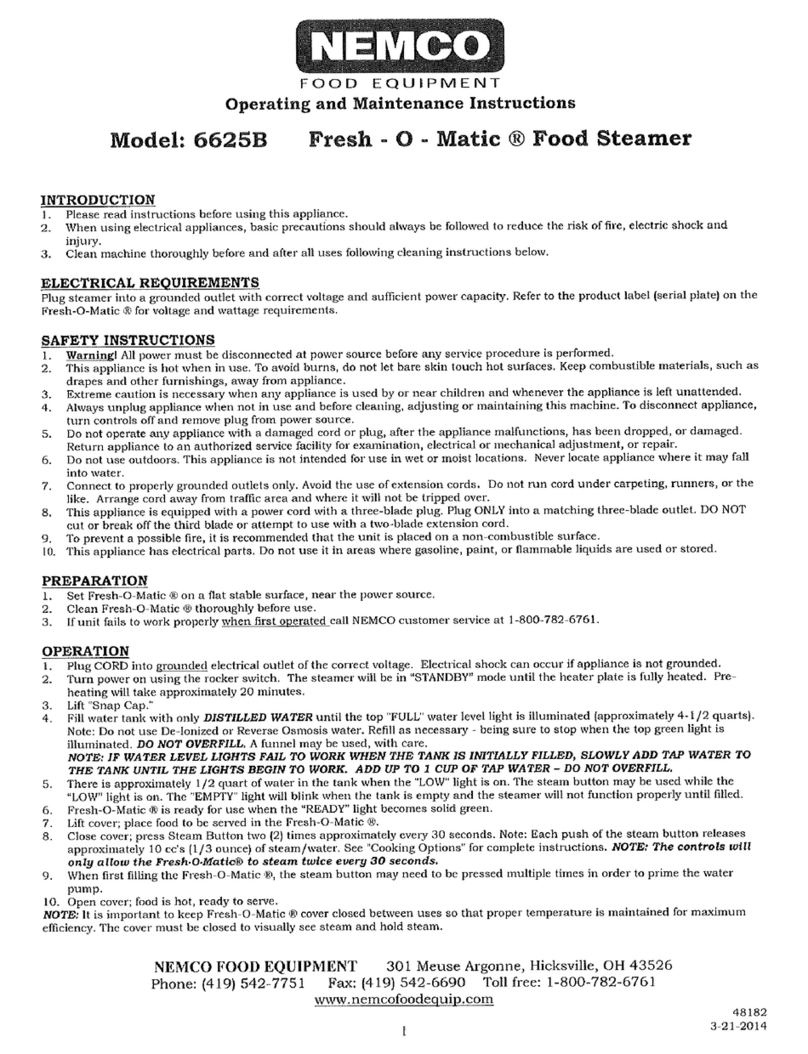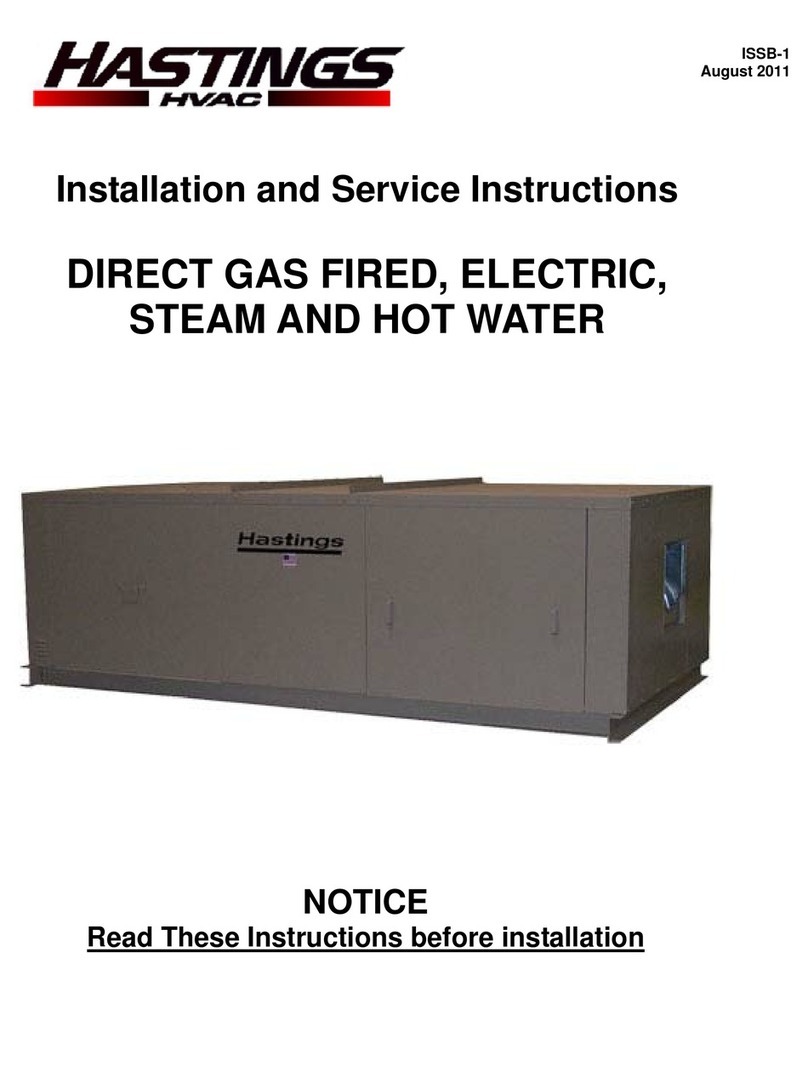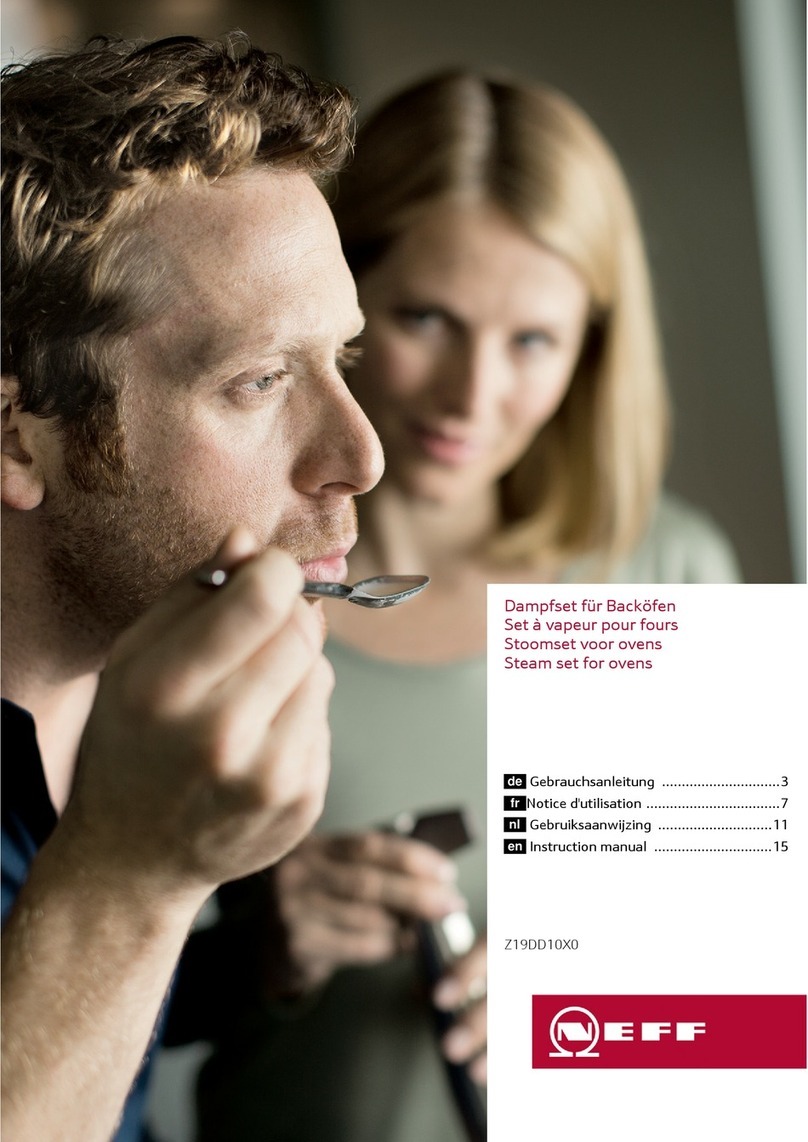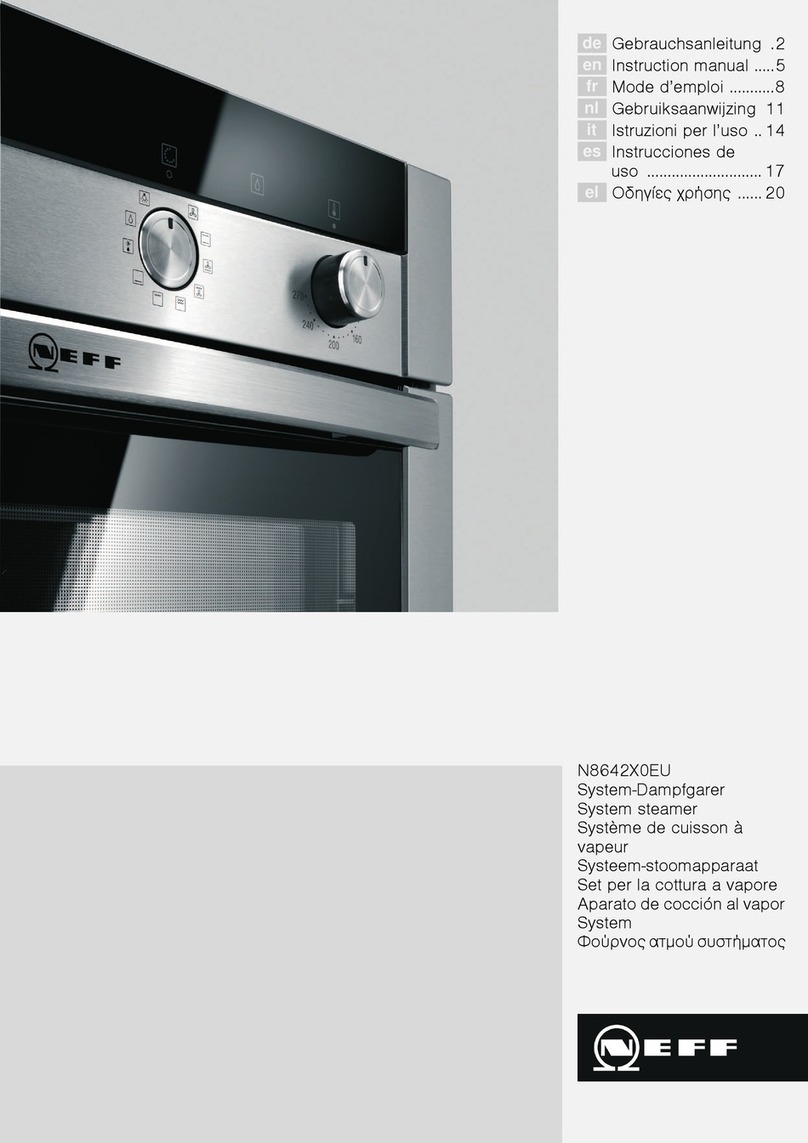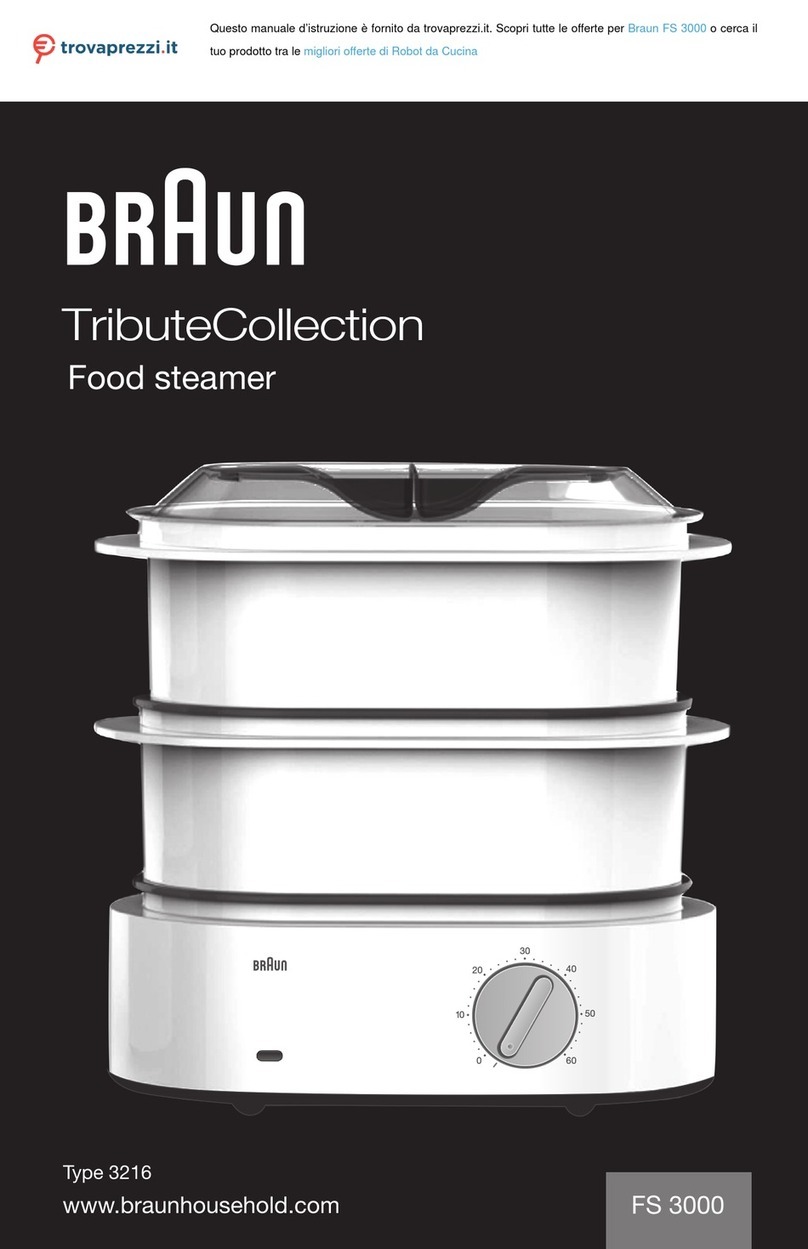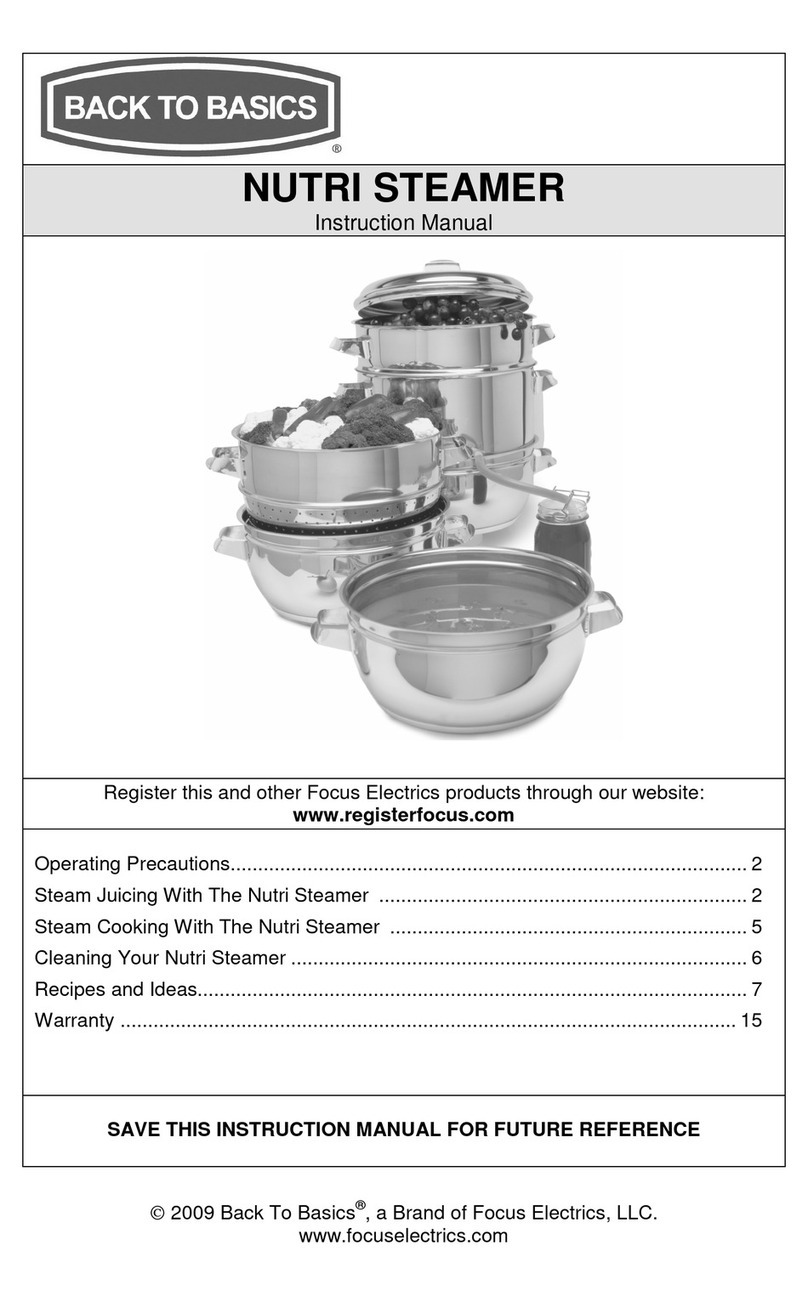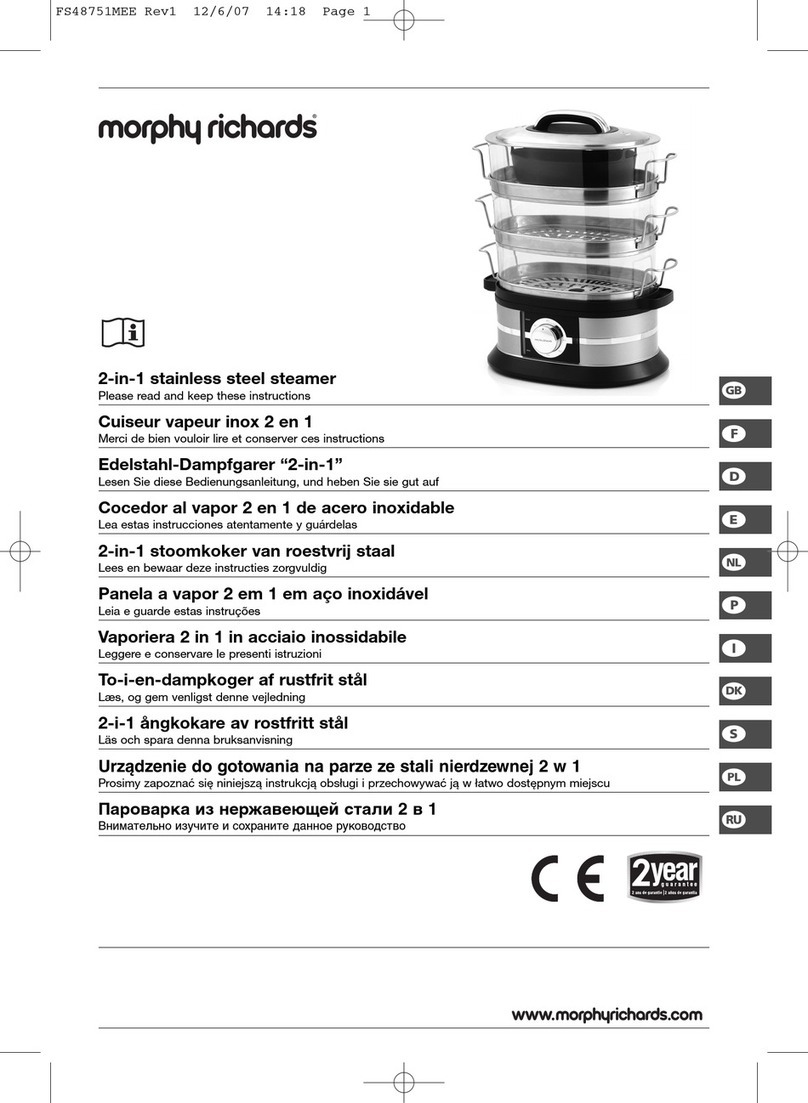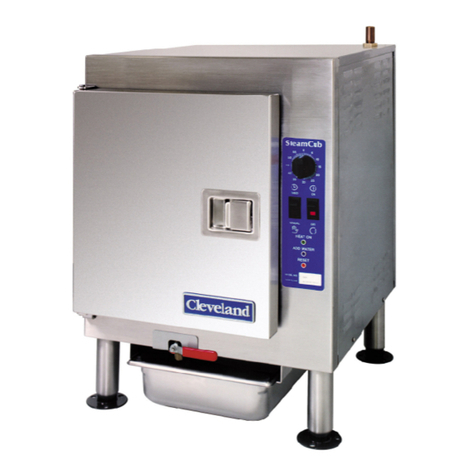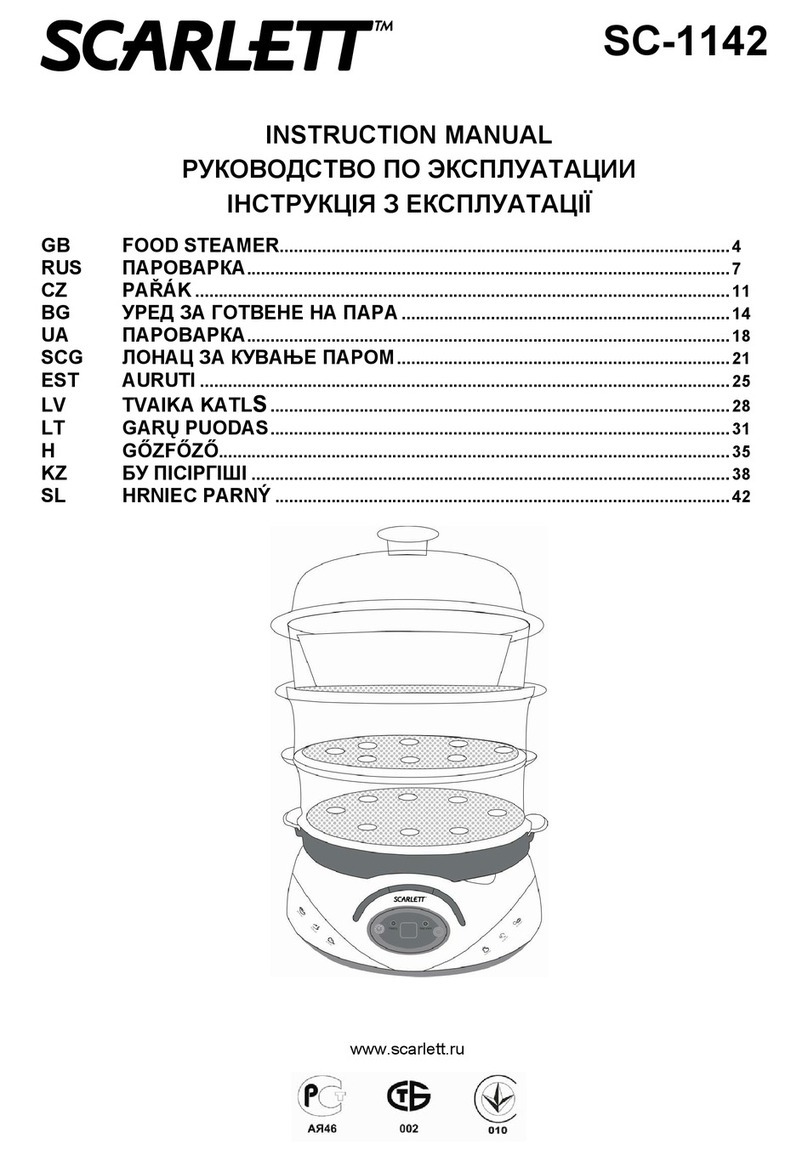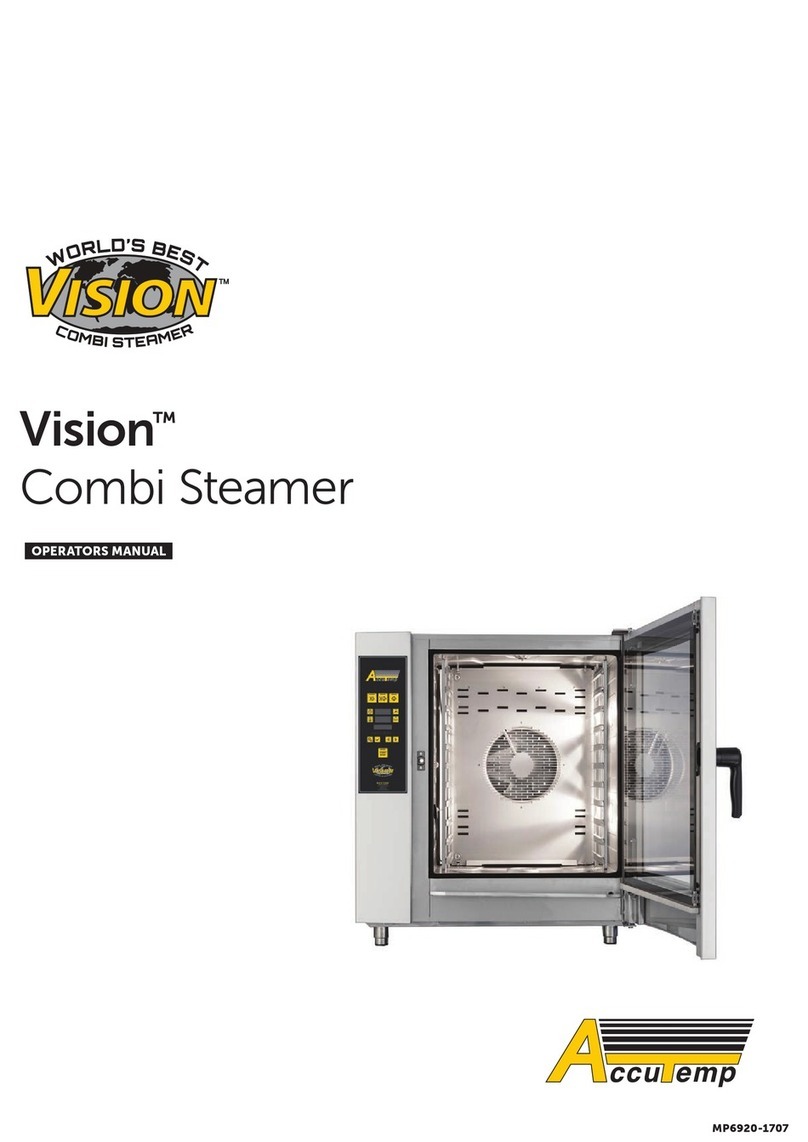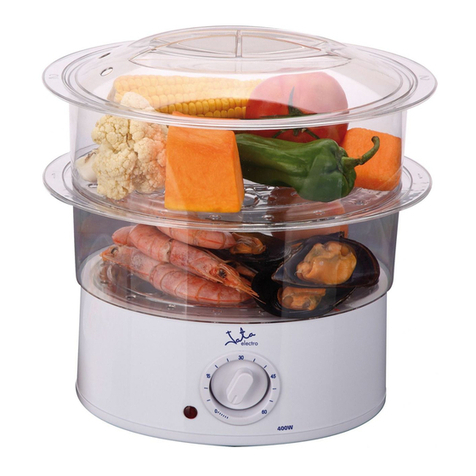10
Tableau des cuissons
Les indications dans le tableau des cuissons sont des valeurs
indicatives et peuvent varier en fonction de la nature, de la taille
et de la maturité de l'aliment.
Avant la cuisson à la vapeur, ne pas décongeler les aliments
surgelés. Le temps de cuisson s'allonge d'env. 5 minutes.
Nettoyage et entretien
Pour le nettoyage, n'utilisez pas de produits agressifs ou
récurants ni d'objets abrasifs.
Enlevez les résidus de calcaire avec un produit de nettoyage
vinaigré usuel du commerce. Rincez à l'eau claire et séchez
avec un chiffon doux.
Ne grattez pas les restes d'aliment séchés, mais ramollissez-les
avec de l'eau additionnée de produit à vaisselle.
Aliment à cuire Préparation Liquide d'étu-
vage en ml
Durée en
minutes
Chou-fleur Bouquets (trognon incisé) 500 30 - 35
Chou-fleur Entier 500 35 - 40
Chou-fleur, surgelé Bouquets 500 25 - 30
Brocoli, frais Bouquets (trognon incisé) 500 30 - 35
Brocoli, surgelé Bouquets 500 25 - 30
Petits pois, frais 500 25 - 30
Petits pois, surgelés 500 20 - 25
Fenouil, frais Coupé en deux, trognon retiré 500 35 - 45
Fenouil, frais Rondelles 500 20 - 25
Haricots verts 500 30 - 40
Haricots verts, surgelés 500 30 - 35
Carottes Rondelles, bâtonnets 500 35 - 40
Céleri-rave Rondelles, bâtonnets 500 35 - 40
Poireaux Fines lanières ou losanges 500 30 - 35
Epis de maïs Entier 750 55 - 60
Poivrons Coupés en lanières, selon leur maturité 500 30 - 40
Pommes de terre en robe des
champs
Selon leur taille 750 55 - 65
Choux de Bruxelles, frais Inciser le trognon 500 35 - 40
Choux de Bruxelles, surgelés 500 30 - 35
Pommes de terre à l'anglaise En segments peu épais 750 30 - 35
Pommes de terre à l'anglaise En quartiers 750 35 - 45
Courgettes Coupées en deux en longueur, rondelles 500 25 - 30
Asperges Selon grosseur 500 35 - 45
Asperges, vertes Selon grosseur 500 30 - 40
Oeufs, durs Jusqu'à 20 pièces 500 25 - 30
Royale Dans des tasses en porcelaine 500 35 - 40
Riz 200 g de riz et 350 ml d'eau 750 40 - 45
Filet de poisson p.ex. carrelet 500 20 - 25
Steaks de poisson Env. 150 - 200 g/tranche, p.ex. saumon, thon 500 25 - 30
Petits poissons Env. 200 - 250 g/pièce p.ex. truite, maquereau 500 20 - 25
Grands poissons Env. 800 - 1000 g p.ex. truite, dorade 500 30 - 40
Viande de bœuf Env. 1000 g selon l'épaisseur 750 75 - 90
Porc Filet env. 500 g / pièce 750 40 - 50
Viande de volaille Env. 200 g / pièce p.ex. blanc de dinde ou de poulet 500 35 - 45
